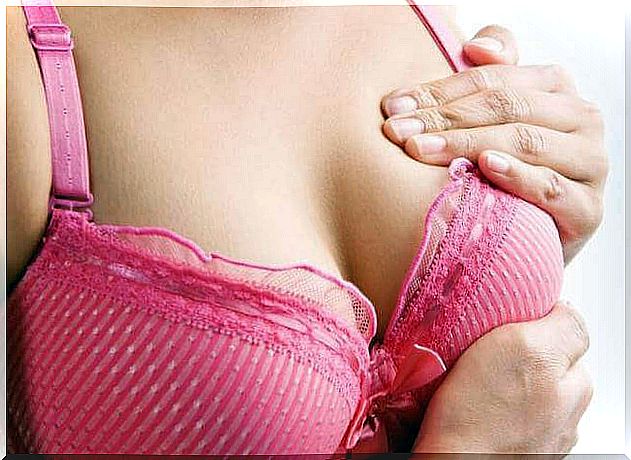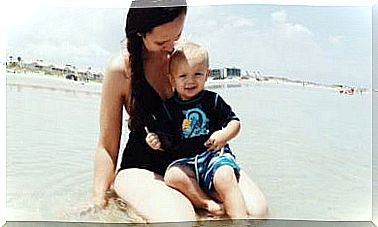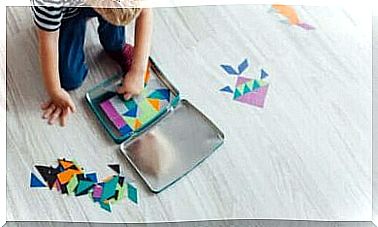Basic Tips For Caring For Your Breasts

In this article, we will cover 9 basic tips to take care of your breasts. These tips are worth remembering. Breasts are a very sensitive part of a woman’s body. Experts recommend taking the necessary precautions to maintain physical and aesthetic health in this area.
In adolescence, before and after pregnancy, during breastfeeding and even in adulthood, breast care is something that every woman should prioritize. Take care of your breasts – this is an important part of taking good care of your body.
There are many daily routines that we can have to maintain the health of our breasts. In addition, it is very important for us to know how to prevent diseases in the future.
Benefits of taking care of your breasts
The fact that breasts spend so much time covered and under clothing, unlike our face or our hands, does not mean that they do not deserve special attention.
Maintaining a series of daily routines from an early age (from adolescence), can help significantly reduce the appearance of stretch marks and cracks, prevent weakness and even serious diseases, such as mastitis.
Logically, exercise also strengthens the muscles in the torso, maintains the firmness in this area and fights the effects of gravity over the years.
When it comes to health, it is obvious that the early detection of any change in the breasts can be fundamental to successful treatment.

What situations can affect breast health?
Breasts can be affected by hormonal disorders, physical injuries and shocks, stress, weight changes or other physiological problems, as well as by constant or very intense exposure to the sun’s rays.
In addition, pregnancy and breastfeeding are important functions where the breasts play a special role. In the latter case, cracks and pain are very common.
9 basic tips to take care of your breasts
- Use sunscreen every time you expose yourself to the sun. The breasts are a sensitive area that can be damaged by prolonged exposure to sunlight.
- During pregnancy, specialists recommend avoiding the use of soap as it suppresses natural moisture balance. Use creams instead. With two daily applications, you will ensure that your breasts are properly moisturized.
- When breastfeeding, find the best position to breastfeed your baby. It will be more effective for it and less painful for you.
- Prevent the baby from creating a preference for one of the breasts. If you only breastfeed on one side (common among many children), one of your breasts hurts, becomes irritated and less firm than the other, which is never emptied.
- Eat a balanced diet. Diet affects all organs and enables our whole body to function properly. Breasts are obviously no exception. Try to incorporate fruits and vegetables into your diet and avoid junk food. What does food have to do with breast health? Very simple: you need to replace collagen, a protein that throughout the body is responsible for regenerating tissues and skin elasticity. In addition, obesity increases adipose tissue, which is harmful to your health.
- Invest in a good bra. It must be comfortable, soft (best if it is made of cotton) and allow good blood circulation.

- Training. Physical activity plays an important role in maintaining muscle tissue, as well as well-being.
- Use verbs. It has antioxidant and refreshing effects that protect the cells, reactivate blood circulation and revitalize the skin. Thus, in combination with the revitalizing properties of white wine vinegar and its rejuvenating effect on the skin, we can largely eliminate slackness in our breasts. Preferably in combination with daily massage.
- Examine yourself. In addition to the basic breast care that we have already mentioned, a monthly examination that is performed correctly can help you detect any breast cancer early.
Of course, do not hesitate to teach your daughter these tips from a young age so that she too can take care of all parts of her body, including intimate and sensitive areas.









